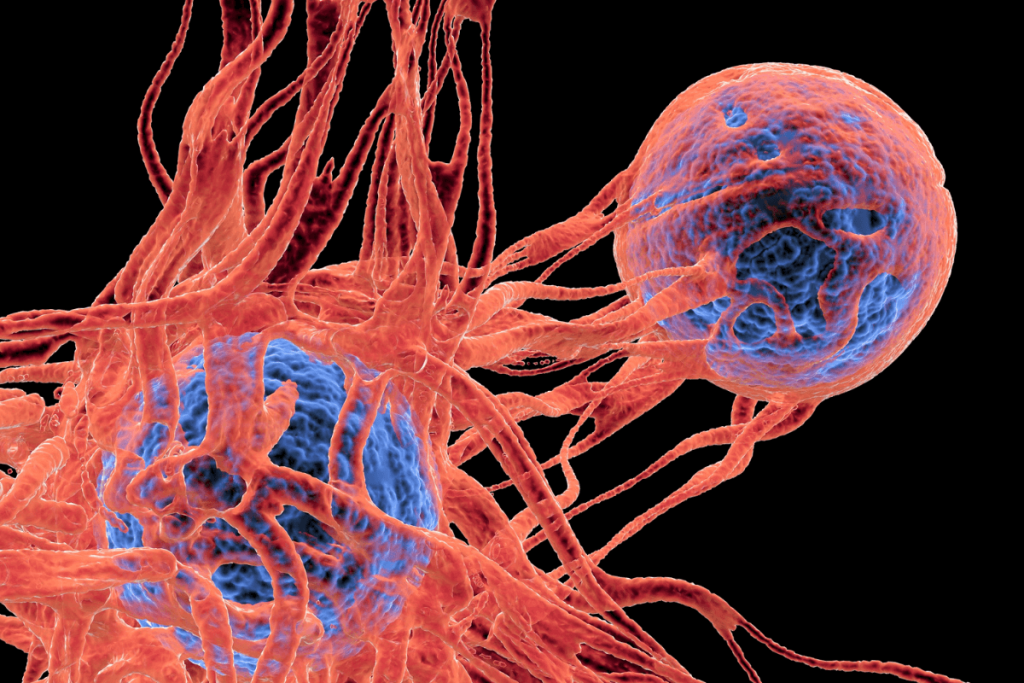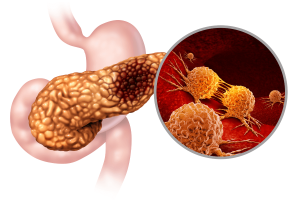
Cancer remains one of the primary causes of mortality and morbidity worldwide. Its treatment is complicated by immune evasion, tumor heterogeneity, and resistance to conventional therapies. Traditional modalities, such as radiotherapy, chemotherapy, and surgery, can be effective in specific situations. But they are often limited by poor tumor specificity, systemic toxicity, and eventual relapse. A main challenge in the tumor microenvironment (TME) is caused by abnormal vasculature, hypoxia, and immunosuppressive conditions that protect malignant cells. Recent studies in synthetic biology have allowed the development of engineered bacteria and bacterial outer membrane vesicles (OMVs) as innovative therapeutic methods that target the tumor-specific niche and reprogram the immune response.
This study highlights the therapeutic strategies that involve engineered bacteria and OMVs in targeting TME. The primary focus is on the ability to induce apoptosis, inhibit angiogenesis, engineer promoters for specificity, deliver the therapeutic agent, synergize with immunotherapy and chemotherapy, modulate tumor metabolism, and reprogram immunosuppressive TME by engineered OMVs.
Engineered bacteria can directly induce apoptosis in the TME. Zhang and colleagues demonstrated that Escherichia coli DH5α induced apoptosis, decreased tumor proliferation, and prolonged survival in tumor-bearing mice. Bacteria have also been engineered to deliver immune checkpoint-blocking nanobodies, such as PD-L1 and CTLA-4 inhibitors, directly to the TME, thereby enhancing the antitumor immune response.
Targeting tumor vasculature is another novel method. Yang and colleagues developed an engineered E. coli system (GDOX@HSEc) that expresses heparin sulfatase 1 (HSulf-1) to suppress angiogenesis and transport doxorubicin-loaded nanoparticles, thereby causing DNA damage. Bifidobacterium longum was engineered to release Tumstatin. It is an antiangiogenic protein that reduces microvessel density and suppresses tumor growth. AIB@ClyA utilized E. coli K-12 strains to induce intratumoral thrombosis and nutrient restriction through ClyA expression, thereby contributing to tumor inhibition.
The usage of inducible promoters increases tumor specificity. Salmonella YB1 is engineered with a hypoxia-responsive promoter that only survives in hypoxic TMEs and suppresses tumor growth while preserving the normal tissue. Salmonella typhimurium strains carrying an arabinose-inducible promoter driving ClyA expression allowed controlled cytotoxicity at the tumor sites.
Engineered bacteria also serve as precise delivery platforms for therapeutic molecules. Chen et al. engineered E. coli MG1655 to express hemolysin E (HlyE) under a sialic acid-responsive promoter, enabling tumor-specific cell lysis and reversal of immunosuppression.
The metabolic reprogramming of the TME showed an additional enhancement of therapeutic benefits. E. coli Nissle 1917 was engineered to convert ammonia to L-arginine to enhance T cell infiltration and synergize with PD-L1 blockade. Advances in microbial engineering, which influence transcription factors like SOX13 implicated in ferroptosis resistance, suggest that microbial intervention can overcome tumor metabolic apoptosis. Engineered bacteria have also been combined with conventional chemotherapy to overcome drug resistance and improve penetration.
Gram-negative bacteria secreted nanosized vesicles, OMVs, which are engineered to reprogram the immunosuppressive TME and repolarize tumor-linked macrophages from M2 to M1 phenotypes and enhance antitumor immunity. OMVs displaying IFN-γ, which suppressed tumor progression, and OMVs derived from Akkermansia muciniphila, which reduced prostate tumor load by recruiting cytotoxic T cells and M1 macrophages. Advanced designs involve OMVs encapsulating paclitaxel and siRNA multifunctional synthetic bacterial vesicles containing catalase and photosensitizers, and functionalized with calcium phosphate to neutralize acidic TMEs. OMVs have also been used for checkpoint modulation, therapeutic cargo delivery, and immune landscape reshaping.
Engineered bacteria and OMVs provide versatile platforms for cancer therapy by targeting the hypoxic tumor niche, modulating the immune responses, and synergizing with existing treatments. They can cause apoptosis, inhibit angiogenesis, deliver checkpoint inhibitors, and modulate tumor metabolism. Despite these advances, challenges remain, including minimizing off-target effects, ensuring long-term safety, and optimizing the delivery method. Continued research in bacterial engineering and vesicle-based therapies holds promise for more durable, precise, and effective cancer treatments.
Reference: Akbariqomi M, Kheirandish Zarandi P, Abedi A, et al. Bacteria-based immunosuppressive tumor microenvironment reprogramming: a promising dawn in cancer therapy. Microb Cell Fact. 2025;24(1):207. doi:10.1186/s12934-025-02838-2













